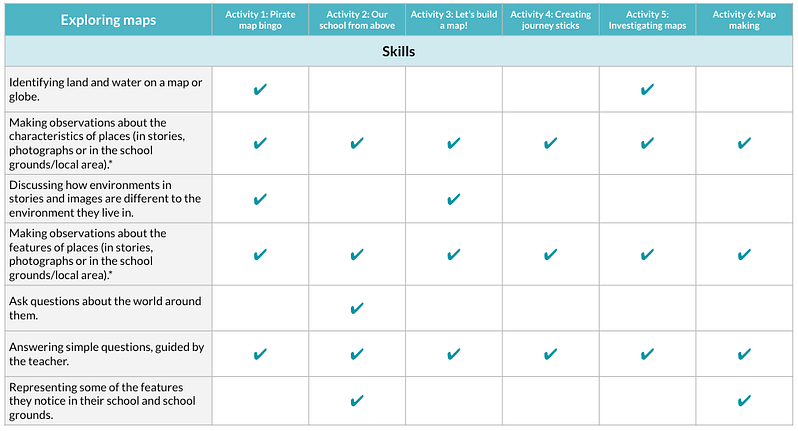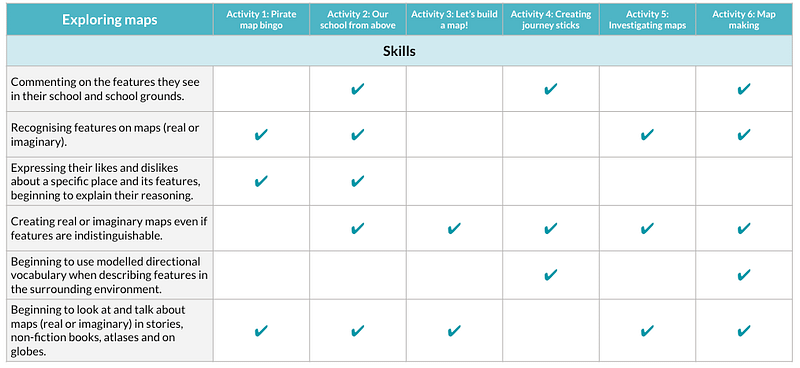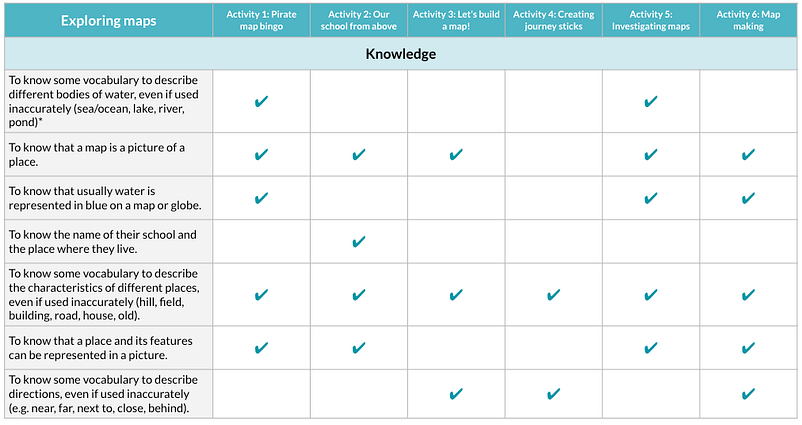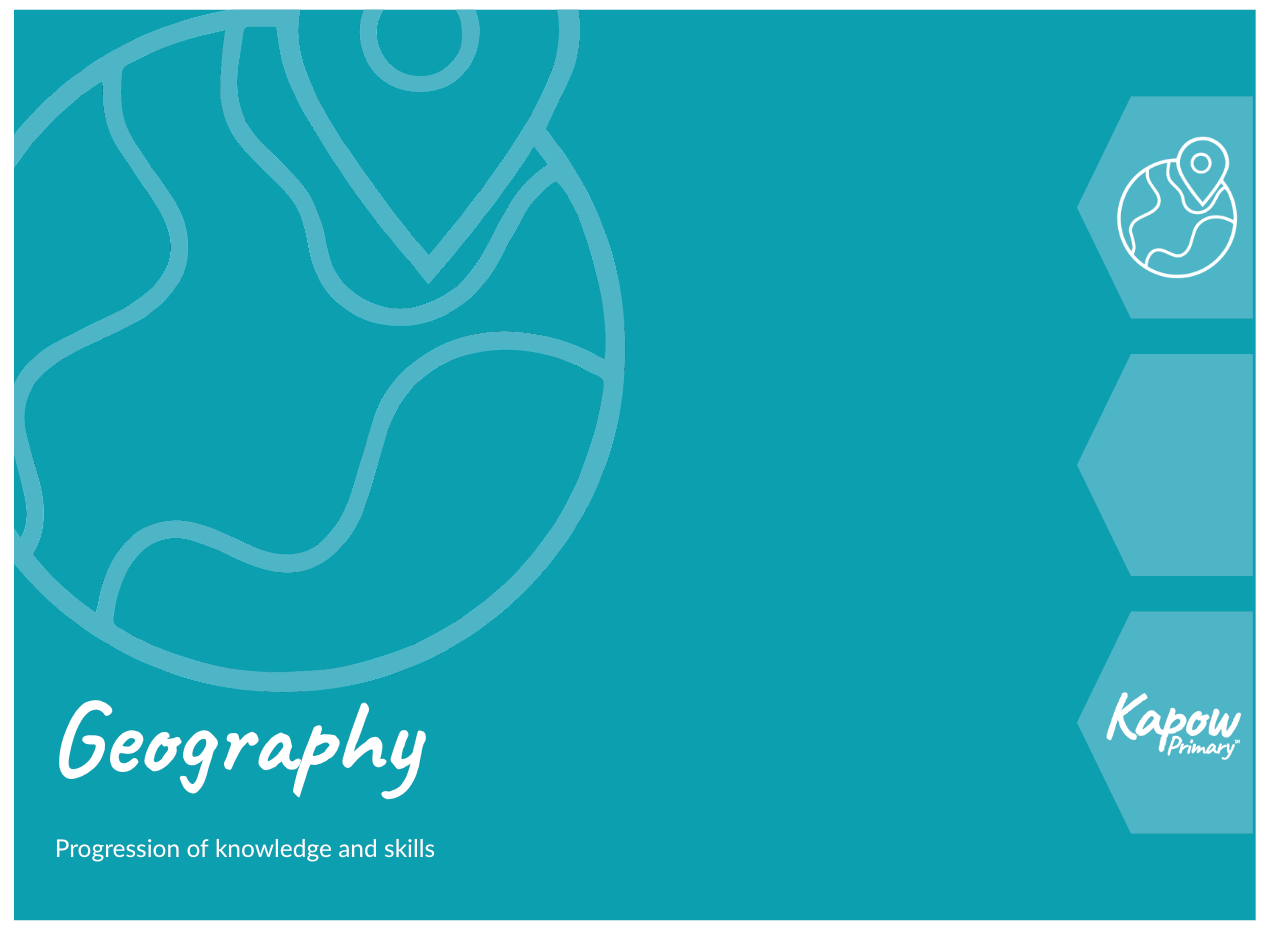Exploring maps
Exploring maps through discussion, story-telling, games and creative activity.
The Curriculum and Assessment Review final report has been released. We’re reviewing the recommendations and planning for future updates. Learn more
EYFS outcomes
Development matters
- Draw information from a simple map.
- Explore the natural world around them.
- Describe what they see, hear and feel whilst outside.
- Recognise some environments that are different from the one in which they live.
- Understand that some places are special to members of their community.
See Development Matters (non-statutory curriculum guidance).
Early learning goals
ELG: Understanding the World – People, Culture and Communities
- Describe their immediate environment using knowledge from observation, discussion, stories, non-fiction texts and maps.
ELG: Understanding the World – The Natural World
- Know some similarities and differences between the natural world around them and contrasting environments, drawing on their experiences and what has been read in class.
See Statutory framework for the early years foundation stage, 2021.
Choose your lesson
Activity 1: Pirate map bingo
Activity 2: Our school from above
Activity 3: Let’s build a map!
Activity 4: Creating journey sticks
Activity 5: Investigating maps
Activity 6: Map making
Key skills
Key knowledge
Teacher guidance
Using the activities
The activities are designed to support Reception teachers in targeting Development matters statements and laying the foundations for pupils’ further geography learning. In this unit, the Development matters statement ‘Draw information from a simple map’ is broken down into its core skill and knowledge components, linked to the Kapow Primary Geography curriculum in KS1 and KS2.
Refer to the skills and knowledge grid below to choose which activities to use with your class.
Activities can be delivered in any order and at any time of the year to suit your curriculum, specific topic, or cohort.



Activities can be organised to suit your setting. Options include:
- Using them as a whole-class lesson.
- Introducing activities to the whole class before setting them up as part of the enhanced provision.
- Allowing children to access the activities independently as part of the enhanced provision.
Further guidance
Ideas for topic links
Pirates: Introduce the idea of maps by looking at pirate treasure maps and reading a pirate story. Go on a pirate treasure hunt.
Katie Morag: Study maps and features of Katie Morag’s town and compare it to the local area. Links to understanding different cultures and ways of life, family trees and story exploration.
All About Me/Where I live: Use the opportunity to explore the features of your local area and identify familiar landmarks and place names.
Around the World: Compare different countries and cultures around the world, weaving the exploration of maps into the understanding of each different location.
Maths: Positional language, directions, coding, using Bee-Bots.
Recommended texts
‘Martha Maps It Out’ by Leigh Hodgkinson.
‘Pirates Love Underpants’ by Claire Freedman.
‘The Treasure of Pirate Frank’ by Mal Peet and Elspeth Graham.
‘Katie Morag Delivers the Mail’ by Mairi Hedderwick.
‘The Jolly Postman’ by Janet and Allan Ahlberg.
‘Maps’ by Aleksandra Mizielinska.
‘Me on the Map’ by Joan Sweeney.
‘Let’s Go for a Walk’ by Ranger Hamza.
Continuous provision ideas
Place a globe in your continuous provision and encourage investigation and questions. Can the children recognise the difference between the land and the oceans? Can they find the UK on the globe? This can be a useful reference point when children go on holiday or you are studying other countries/cultures.
Include books containing simple maps in the reading corner. These can be either fictional or non-fictional (eg. Katie Morag stories, The Jolly Postman or pirate stories containing maps).
Encourage spatial and positional language as part of play: over, under, through, around, across, above, below, behind, etc.
Print out some simple maps, laminate and cut them into sections. Add these to your jigsaw area for the children to build their own map.
Ensure that your block and small world area contain the resources needed for the children to build their own villages/towns.
Wider experiences
Visitor: Pirate Workshop (ask them to include a focus on maps and treasure hunting).
Event: Go for a walk around the local area, identifying road names, familiar features and places of importance.
Related content
Unit resources

Geography: Progression of skills and knowledge
Gives an overview of the skills and knowledge covered in each phase and strand the Geography curriculum.
